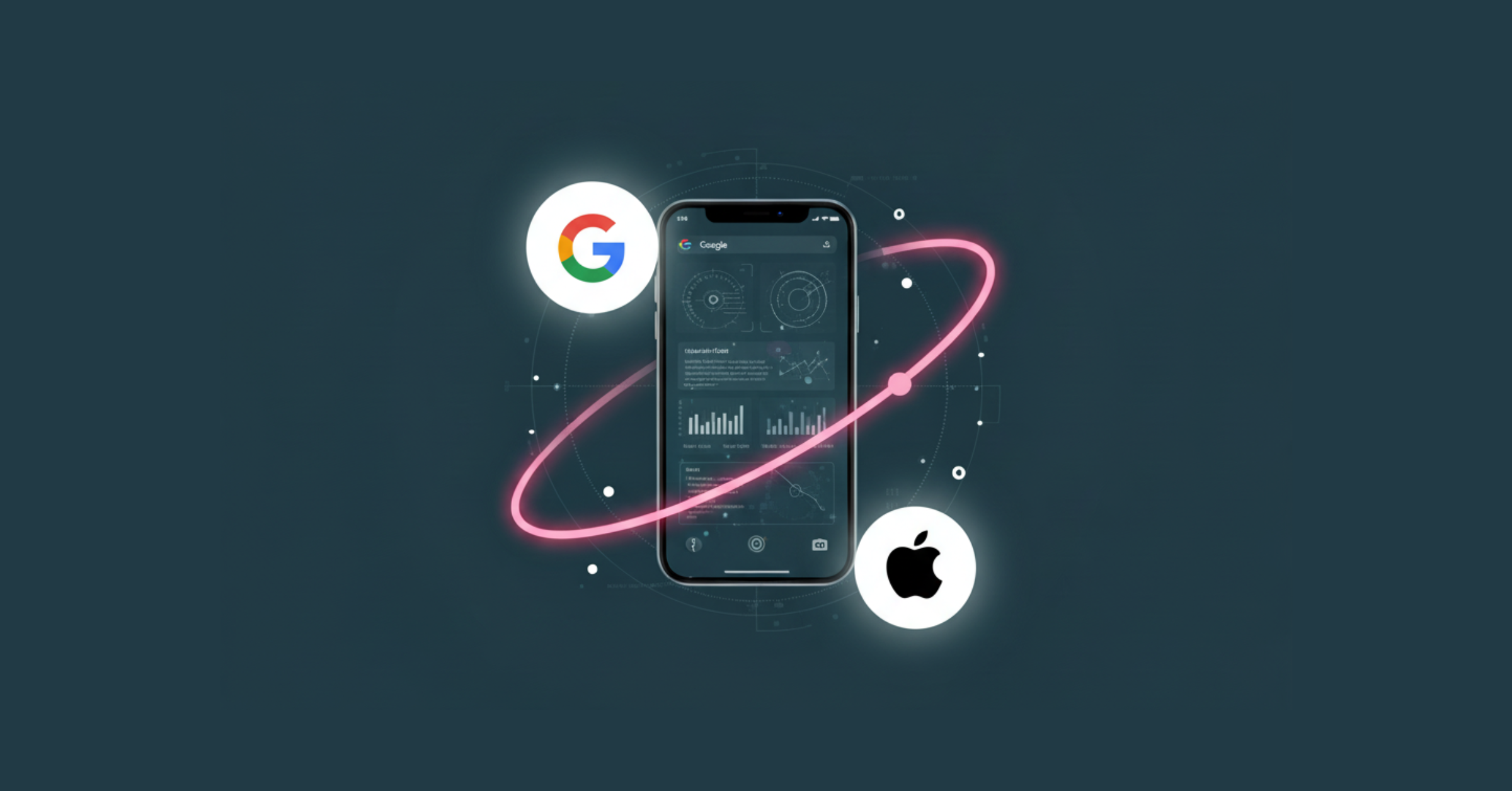.png)
Meta Changes: Brings Back Personalization and Peeks Beyond Its Own Walls
With the rise of AI automation on platforms like Google and Meta, many of the controls and customization options that marketers once held dear have been quietly whisked away. On the surface, this seems like a good thing—less time spent fiddling with settings, fewer chances for human error, and more freedom for AI to work its magic. But as with all things, there’s a twist.
You see, just as each user comes with their own quirks and preferences, so too do the businesses using Meta and Google’s ad solutions. Whether it’s their bidding strategy, optimization goals, or the unique attributes of their acquisition funnel, some level of customization remains absolutely essential. The real challenge, then, is finding the right balance between automation, control, and personalization—all while ensuring marketers have the transparency they need to assess the effectiveness of every dollar spent.
The Value Rules
On August 14th, Meta announced a series of enhancements to their ad systems, designed to better align with each business’s objectives and measurement methods. One such update is the introduction of Conversion Value Rules, which allow businesses to prioritize the audiences or conversions they value most. This change is a major benefit for marketers running value-focused campaigns, simplifying campaign management by enabling them to adjust bids for higher-value users without the need for separate campaigns, thereby reducing complexity, time, and errors. How exactly this will play out in the ad manager remains to be seen.
Fred Leach, Meta’s VP of product management, told AdExchange about Meta changes:
“We’re making changes to improve the system so we can get to a place where we’re providing customized optimizations for every individual advertiser,” he said. “That’s obviously aspirational, but it’s where we ultimately want to get.”
Incre-mentality
Similarly, given the winding, often unpredictable nature of today’s user journey, a robust attribution framework that aligns with each marketer’s unique measurement tools is absolutely essential. Meta plans to introduce a new opt-in attribution setting focused on incremental conversions—those that likely wouldn’t have occurred without the ad. Meta calculates incrementality by comparing conversions from people exposed to an ad with those who didn’t see any ads. The difference helps determine how many conversions were truly incremental.
To build trust in Meta’s reporting, they are expanding integrations with business analytics tools like Google Analytics, Northbeam, and potentially Adobe and TripleWhale. This will allow marketers to match and measure conversions more accurately, offering greater visibility into off-platform activities. While this could shine a light on the effectiveness of other platforms, presenting a potential risk for Meta, it also provides an opportunity for Meta to address concerns about attribution mismatches between third-party tools and their own reporting.
Closing a Window: The Time vs Signal Tradeoff
Other Meta changes, like giving more weight to first-day conversions in campaigns (e.g., app downloads or purchases), could be seen as a double-edged sword. On one hand, early actions may signal higher engagement and long-term value. But on the other hand, focusing too narrowly on a conservative conversion window might reduce the signals available for optimization, posing a particular challenge for brands with longer conversion windows or premium brands where conversions are scarce.
Why Voyantis Customers Are Ahead of These Changes
At Voyantis, we’ve long been ahead of the curve, working closely with businesses that have extended conversion windows. We’ve successfully leveraged their first-party, non-PII data to create user-level predictions within minutes of a user’s first interaction with an ad. These predictions focus on lifetime value, propensity to convert into high-paying customers, and likelihood of repeat purchases. We know how to communicate these signals back to Meta, training their AI on which users ultimately become high-value customers, allowing Meta to find and acquire more of them. Our solutions are tailored to Meta’s various value-focused or custom event-based campaigns, enabling our customers to drive up ROAS by communicating predicted LTV (pLTV) in more than one way, across different campaign setups.

Take HoneyBook, for example—a company specializing in end-to-end business management, from booking to payment processing. They faced a challenge in predicting which users would convert into premium customers, particularly those utilizing their paid payment processing service, and acquiring more like them. To help Meta target similar high-value users, HoneyBook needed predictive signals, especially since these conversions occurred outside the tight attribution window (even before the upcoming changes). By partnering with Voyantis, they were able to transform their campaigns on Meta, achieving a 22% increase in VIP customer activation, a 50% reduction in acquisition costs, and a 2.1X growth in ROAS. Get the complete case study details here.
Subscribe for more
Read expert stories, interviews, reports, insights and tips for profitable growth.

.png)


